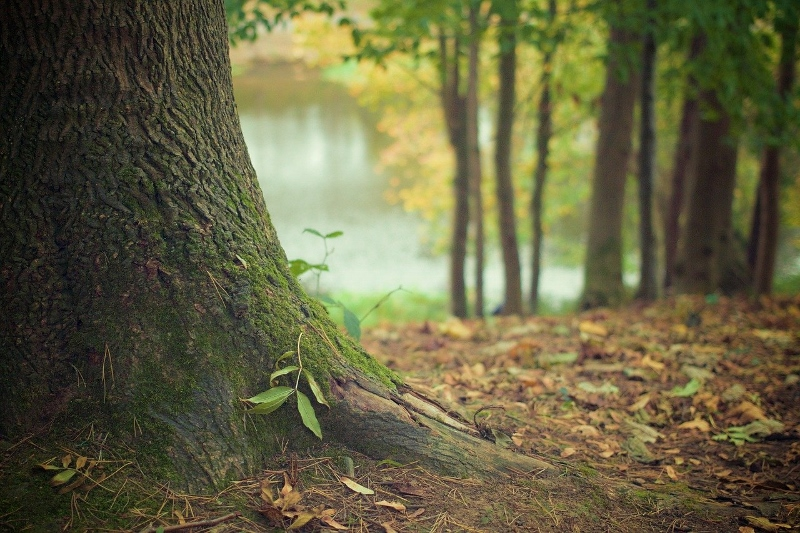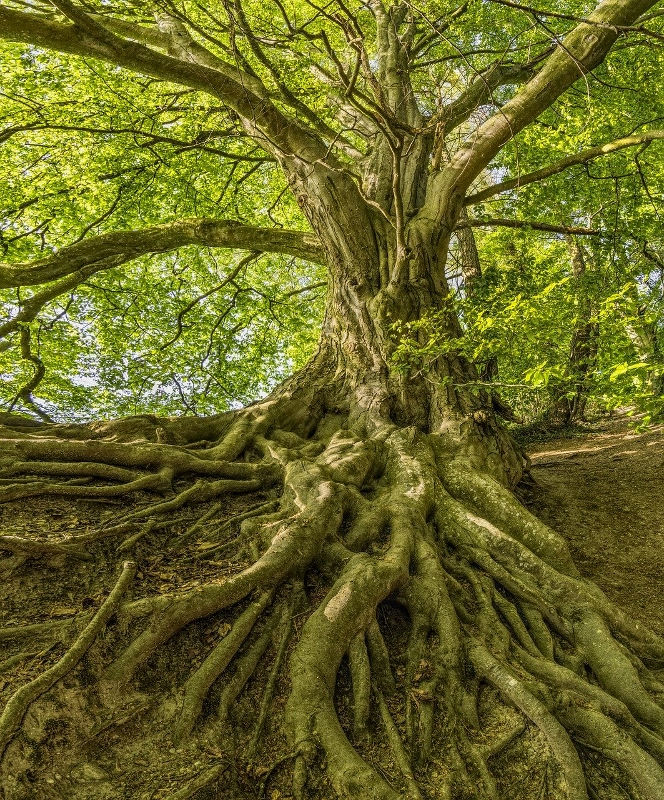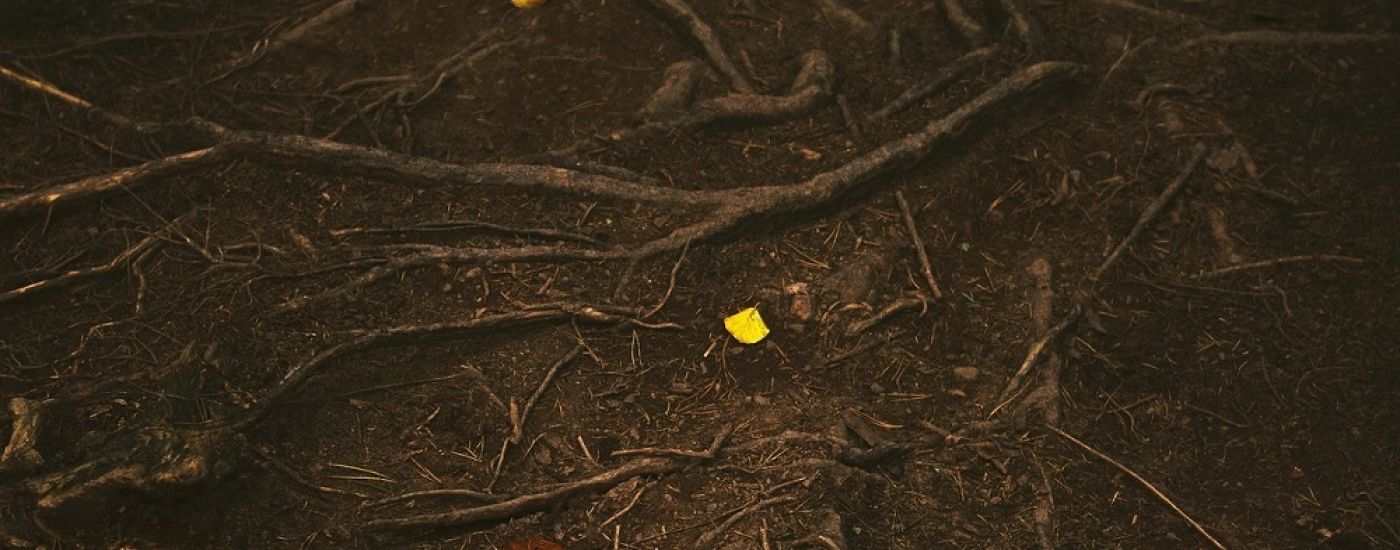How to Ensure Tree Root Health
The roots of a tree serve many vital functions. Roots are responsible for anchoring the tree in place, absorbing and distributing water and nutrients, and even acting as a storehouse for essential food reserves during winter. The importance of tree root systems is what makes good tree root health critical to ensuring the overall health of the tree. We will teach you what causes root problems, how to identify these symptoms, and how to keep both the roots and tree healthy.
How Tree Roots Become Unhealthy
Problems caused by poor tree root health are generally due to either injury or disease.
Root Injury

For trees in urban areas, a common cause of root injury is heavy clay subsoil and soil compaction. The reduced pore space from heavy clay and soil compaction reduces the amount of water and oxygen that the tree roots can uptake. Compacted soil may be caused by construction, foot traffic, car and other machine traffic, soil preparation, and more.
Improper watering is another cause for poor tree root health. Overwatering restricts oxygen uptake while underwatering provides inadequate root development. Improper fertilization can also damage tree roots, and those roots may face competition from other plants such as bushes, grass, and other trees.
Root Diseases
Injury is just one way for tree roots to become less healthy. Disease from fungi is another threat to the overall health of the roots. Fungal diseases will generally affect one of the 2 types of roots in a tree. Most diseases will affect the feeder roots, the small, thin roots responsible for absorbing water and minerals from the soil surface. Other fungal diseases will affect the woody roots, the large roots responsible for anchoring the tree.
Some of the symptoms of tree root disease include the following:
- Small, yellow, foliage
- Reduced growth
- Leaf scorch
- Tufted leaves at the end of branches
- Branch dieback
While all of these symptoms may indicate root disease, a direct examination by a certified arborist or plant health care specialist will confirm the condition of the roots.
How to Keep Tree Roots Healthy

The best way to ensure tree root health is to prevent the roots from being damaged or diseased. A tree needs a space that is both deep and wide enough for adequate root growth. Proper fertilization and the right amount of watering also keep the roots healthy. Add a layer of mulch, preferably mulch made of organic matter. For mature trees, the mulch layer should be a maximum of 3 to 4 inches.
Maintain the right soil conditions by avoiding soil compaction, changing the soil depth as little as possible, and keeping the tree’s root zone free from competing plant life. Pruning and trimming injured tree limbs is another way to ensure roots remain healthy by reducing the risk of infection.
Once a tree becomes infected and the roots become diseased, restoring the health of the tree can be difficult. Calling an arborist to provide an in-depth examination and analysis of the tree health will give you a better understanding of what the issue is and how to improve the tree’s health.
Contact Stein Tree for Tree and Plant Health Care Services
Stein Tree has provided the Wilmington and Philadelphia areas with high-quality, reliable tree care services for decades. We have state-of-the-art equipment that is ready for immediate and emergency responses. Our certified and insured arborists have the passion, knowledge, and experience to ensure tree root health for any landscape, from residential to municipal.
For a free consultation, contact us at (302) 478-3511 today!
CALL US
610.723.8072
Serving DE, PA and MD
REQUEST A FREE, NO OBLIGATION CONSULTATION
FEATURED PROGRAMS
Stein Tree Earns Permit to Work in Spotted Lanternfly Quarantine Areas
Stein has a permit to work in spotted lanternfly quarantine areas in Pennsylvania and Delaware. Tree Service Companies have to be trained in proper moving and disposal of materials to avoid spread of the spotted lanternfly and Stein has completed the training courses. Learn more.
Emerald Ash Borer Inspection
In the spring, destructive emerald ash bore![]() r (EAB) adult beetles begin to emerge. These invasive pests can destroy your ash trees. Our specialists are certified to treat for EAB in Pennsylvania and Delaware. For a free consultation, contact us today.
r (EAB) adult beetles begin to emerge. These invasive pests can destroy your ash trees. Our specialists are certified to treat for EAB in Pennsylvania and Delaware. For a free consultation, contact us today.

